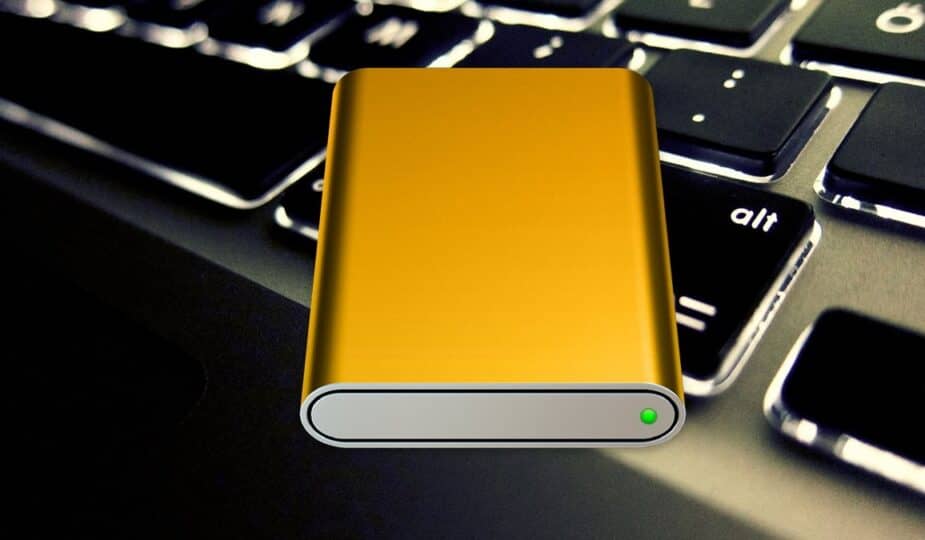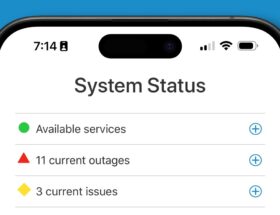The new Eject Disk command in macOS.
 0 Facebook x.com Reddit
0 Facebook x.com Reddit
The original Mac let you erase drives right from the desktop, and that feature is back in macOS Sequoia. Here's how to use it.
When the original Mac was released in 1984, its desktop allowed users to perform common actions simply by pointing and clicking on items. This paradigm, which most people are now familiar with, continues today in macOS and other operating systems.
The first Macs didn't have SSDs or hard drives, but used small 3.5-inch floppy disks – small magnetic disks enclosed in a plastic case with a sliding metal door for access. These disks were usually blank, with nothing on them, but the original Mac OS and third-party software came on floppy disks.
This was before CD-ROMs existed.
One of the functions of the original Mac Finder was to allow the user to format, or “erase,” disks for use with the Macintosh File System (MFS), and later the Hierarchical File System (HFS).
The original Finder had a Special menu with an Erase Disk option. If the user already had a floppy disk installed on the desktop, they could select the disk on the desktop, choose Special->Erase Disk, and the Finder would erase the disk in the drive.
The original Mac Finder Erase Disk command.
Formatting floppies was slow, but it worked and allowed users to store small amounts of data on portable media (400 KB, 800 KB, or 1.44 MB on 3.5-inch disks).
If you booted one of the original Macs without an operating system installed, the display simply flashed a floppy disk icon with a question mark.
Most early Macs included internal 3.5-inch floppy disk drives. Apple later sold several models of the same drive in an external case with a cable to connect to the back of the Mac.
The last of the beige models was an 800K drive.
An Apple 800K “SuperDrive” 3.5-inch external floppy disk drive.
Apple did not ship external 1.44MB floppy disk drives until the later PowerBook series of laptops. Some of these had internal drives and an additional external 1.44MB model called the HDI-20.
Erase Disk Returns in macOS Sequoia
With the release of macOS 15 Sequoia, Apple brought back the Finder's Erase Disk command, but with a twist.
Instead of Erase Disk in the Finder menu is now in the contextual pop-up menu when you Control-click a volume icon on the Finder desktop.
This doesn't work for drives that aren't formatted for Mac, or for volumes that have already been ejected from the desktop but whose physical media is still mounted. In these cases, you'll still need Disk Utility to erase the drive.
Also, the new Finder Erase Disk command doesn't work on entire physical devices, only on volumes already mounted on the desktop.
Using the Erase Disk Command
To use the new Erase Disk command in macOS Sequoia, select any mounted volume on the Finder desktop and Control-click it. A pop-up menu will appear, with Erase Disk at the top, just below Eject Disk:
Select “Erase Disk” from the contextual pop-up menu.
Select Erase Disk and you'll be presented with a list of formatting options: the volume name, the volume format, and whether the new volume's file system is case-sensitive.
These options are similar to the Erase options in Disk Utility, with one added bonus: you can now format previous APFS volumes back to other formats, such as HFS+, ExFAT, or FAT32 (MS-DOS), using a new Finder command.
The new Finder Disk Erase Format sheet.
Click Erase, and you'll get a warning asking if you're sure you want to erase the drive, just like the original Finder did.
This gives you one last chance to go back if you decide you don't want to erase the drive.
Click Erase again in the alert, and Finder will erase the volume. Unless the volume is huge, you won't see a progress window while it's formatting — it'll be done silently.
Click Erase in the alert sheet to erase the selected volume.
Once the erasure is complete, your new disk volume will be mounted on the desktop and ready to use.
One of the great things about the new Finder Erase feature is that it’s fast — much faster than Disk Utility. Perhaps that’s because Finder has its own built-in erase code, or perhaps Apple’s engineers have significantly optimized Disk Utility’s code in Sequoia.
The Erase Disk command made it easy to format drives in the original Finder, and now that Apple has finally brought it back to macOS, you’ll also find that you save time because you no longer have to launch Disk Utility to reformat your storage volumes.
Follow AppleInsider on Google News










